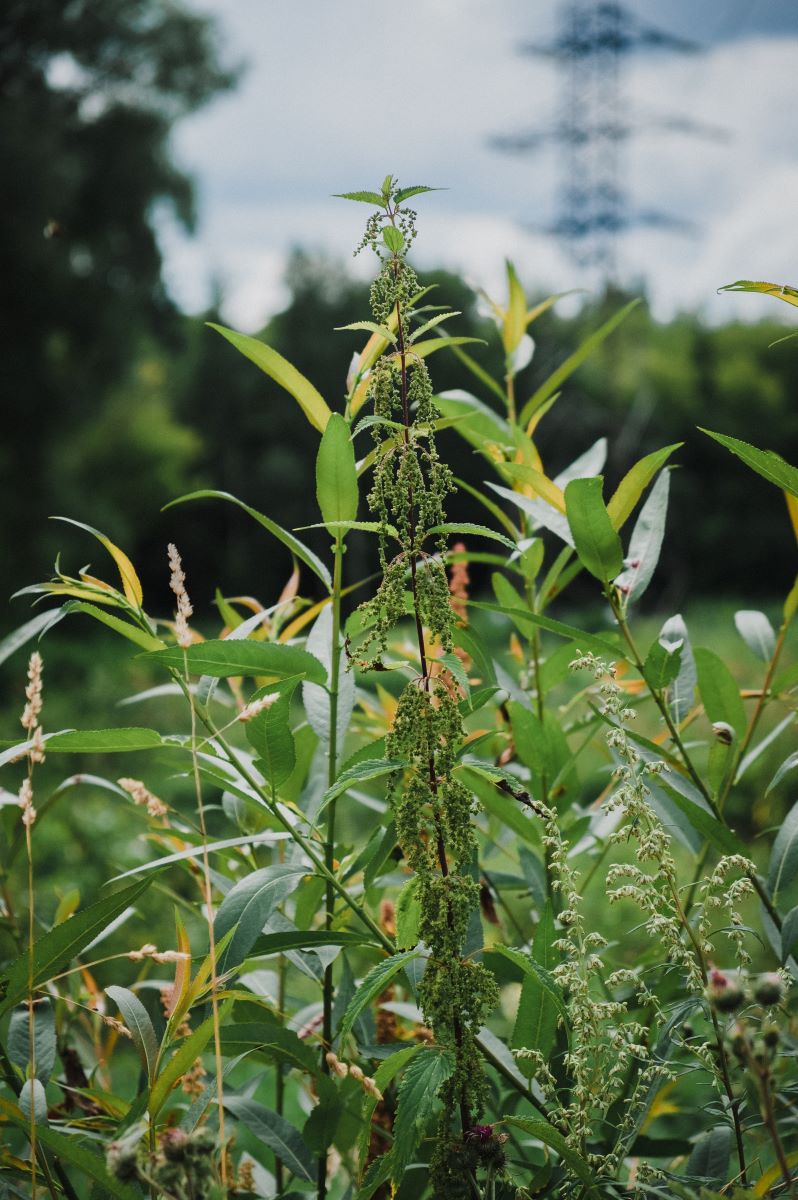The more weeds you have, the less space there is for crops. Suppressing and out-competing weeds is vital to a successful yield.
Weeds thrive in imbalanced soils – low in oxygen, carbon, calcium, and phosphorus. Because of this, weeds are great indicators of soil problems. While very few scientific studies exist correlating nutrient levels and weed suppression, organic growers have been experimenting with methods that focus on nutrients in the soil in hopes of limiting harsh chemicals. By balancing the soil with biology for nutrient availability and adding calcium to improve soil structure, farmers are seeing a significant improvement in their crops outcompeting weeds.
The majority of weed growth comes from the top few inches of soil. Biology ensures nutrient availability to the crops, allowing them to get a leg up and outcompete weeds. Additional available calcium suppresses weeds by loosening and improving soil structure. Getting plants off to a good start through canopy and cover crops can reduce the number of weeds through competition.
From our customers:
A Purple Cow Organics customer, organic grower, and agronomist shared some of their tests. Utilizing Purple Cow CX-1, this farmer tested the importance of highly available calcium and biologically functioning soil to reduce weed growth after planting.
The farmer planted Barley with CX-1 and TerraFed in-furrow at 5 gallons each per acre. Calcium was applied the day after planting. After 30 days, the farmer saw almost no weed pressure. They credit the success to biologically active soils due to the liquid biological applied at planting, balanced soil structure from calcium, and nutrients in a highly soluble form.
What weeds can mean:
As indicators of soil health, learning to “read the weeds” can help mitigate issues more quickly.
-
Lambsquarter (Chenopodium album)

This weed indicates high nitrogen and potassium, but low phosphorus. These stubborn weeds prefer fertile soil to grow, which makes it a great indicator of rich soil. Giving your crops a stronger start through biology and improved soil structure can help to ensure that they can outcompete the weeds.
-
Pigweed (amaranthus)

Pigweed typically thrives in heavily compacted soil, which could be due to external forces such as foot traffic, or as a sign of high clay content. Soils with prevalent pigweed can also be imbalanced. The soil can be very high in potassium and manganese but low in phosphorus and calcium.
-
Plantain (Plantago)

Another weed that loves compacted soils. This weed also signals low fertility and compacted soil, which can be an indicator of clay soils.
-
Dandelion (Taraxacum officinale)

This familiar weed indicates low calcium with high potassium. Dandelions also love compacted soil.
-
Stinging Nettle (Urtica dioica)

As an indicator of good quality soil, this weed loves soil high in nutrients. Soil that is rich in nitrogen and phosphorus as well as well aerated.
While weeds are unavoidable, you can give your crops a headstart by ensuring a balanced soil that has strong biology. A liquid biological can assist your crops through nutrient availability and beneficial microbes. The better off your crops start, the more likely they are to succeed in outcompeting weeds. Additional calcium can improve soil structure even further. As you improve your soil, you may see the types of weeds changing as their conditions change. Crop canopies, cover crops, and a strong early start can give your crops an advantage.


